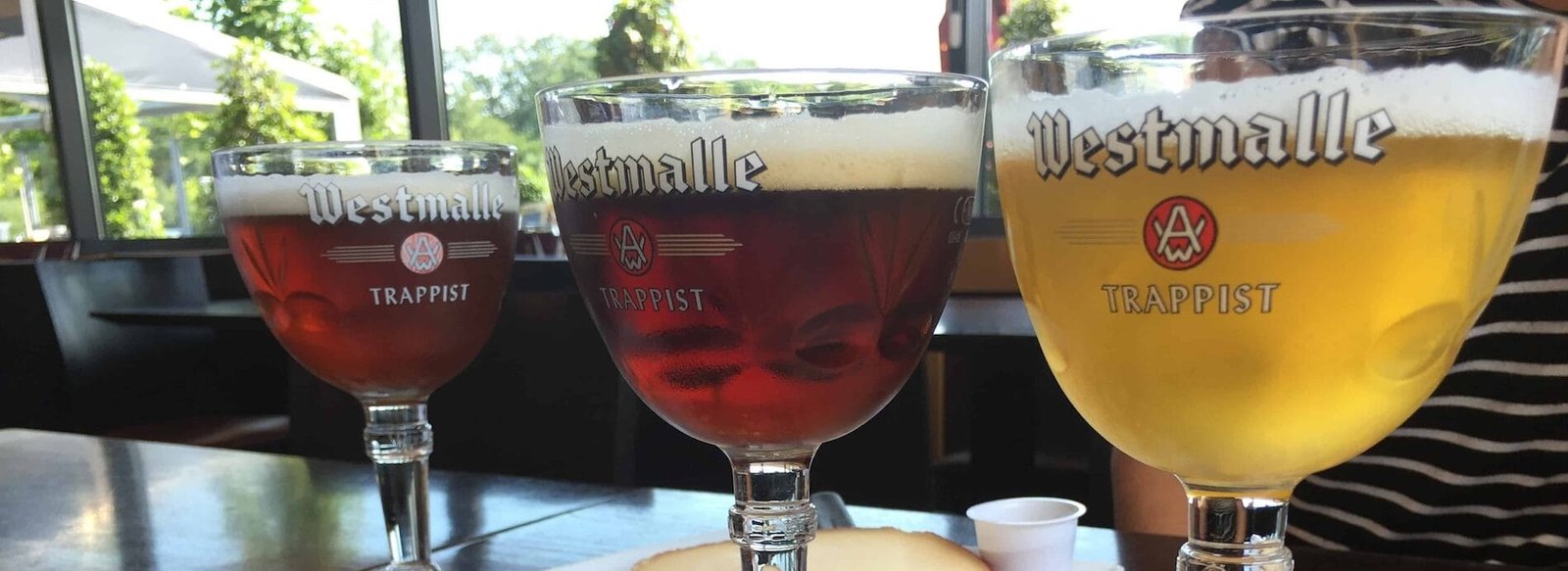Belgian Dubbel is a style of beer that has garnered a loyal following among enthusiasts and casual drinkers alike. Known for its rich, malty flavor profile and deep amber color, Dubbel is a product of centuries of brewing tradition in Belgium. This article delves into the history, brewing techniques, and distinctive characteristics of this beloved style.
Historical Context
The origins of Belgian Dubbel can be traced back to the Trappist monasteries of Belgium, where monks began brewing beer as early as the 12th century. The Trappist order, known for its commitment to self-sufficiency, found brewing to be a practical way to generate income for their communities. The monks brewed various styles of beer, but it was in the 19th century that the Dubbel style began to take shape.
The term “Dubbel” itself is derived from the Dutch word for “double,” which refers to the stronger, richer beers that were produced by the Trappist monks. The style was officially recognized in the early 20th century, with the first commercial Dubbel being brewed by the Westmalle Brewery in 1926. This brewery, one of the few remaining Trappist breweries, set the standard for the style, influencing countless brewers both in Belgium and around the world.
Brewing Techniques
The brewing process for Belgian Dubbel is distinct and involves several key steps that contribute to its unique flavor profile. The base malt typically used is pale malt, which provides the foundation for the beer’s sweetness. Dark malts, such as Munich and caramel malts, are added to impart the characteristic color and complexity.
One of the defining features of Dubbel is the use of candi sugar, which is often added during the boil. This sugar not only boosts the alcohol content but also enhances the beer’s flavor and mouthfeel. The fermentation process is equally crucial, as Belgian yeast strains are known for their ability to produce fruity and spicy esters. These esters contribute to the beer’s aroma and flavor, creating a complex interplay of notes that can include dark fruit, caramel, and subtle spice.
Another important aspect of brewing Dubbel is the temperature control during fermentation. Brewers often employ a technique called “step fermentation,” where the temperature is gradually increased. This method allows for the development of a wide range of flavors, resulting in a beer that is both rich and nuanced.
Flavor Profile
Belgian Dubbel is characterized by its deep amber to brown color, which is a result of the dark malts used in the brewing process. The beer typically has a medium to full body, with a creamy mouthfeel that enhances the overall drinking experience. The aroma is often complex, featuring notes of dark fruits such as raisins, figs, and plums, along with hints of caramel and toffee.
On the palate, Dubbel is known for its rich maltiness, which is balanced by a moderate level of bitterness. The sweetness from the malt and candi sugar is complemented by the fruity esters produced during fermentation, creating a harmonious blend of flavors. The finish is usually smooth and warming, with a lingering sweetness that invites another sip.
Variations and Regional Differences
While the classic Dubbel style is well-defined, there are several variations and regional differences that have emerged over the years. Some brewers experiment with additional ingredients, such as spices or fruit, to create unique interpretations of the style. For example, some Belgian Dubbels may incorporate coriander or orange peel, adding an extra layer of complexity.
In addition to these variations, different breweries may have their own house yeast strains, which can significantly influence the flavor profile of their Dubbel. This diversity is one of the reasons why Belgian Dubbel remains a fascinating style for beer lovers to explore.
Food Pairings
Belgian Dubbel’s rich and complex flavors make it an excellent companion for a variety of foods. The malt sweetness and dark fruit notes pair beautifully with roasted meats, such as duck or lamb. The beer’s caramel and toffee flavors also complement rich, creamy cheeses, making it a great choice for cheese boards.
For those who enjoy dessert, Dubbel can be paired with chocolate-based dishes or fruit tarts. The beer’s sweetness enhances the flavors of these desserts, creating a delightful balance. Additionally, Dubbel can be enjoyed on its own as a sipping beer, allowing drinkers to fully appreciate its intricate flavors.
The Modern Renaissance
In recent years, there has been a resurgence of interest in traditional brewing styles, including Belgian Dubbel. Craft breweries around the world have begun to experiment with this classic style, creating their own interpretations while respecting the brewing techniques that have been passed down through generations.
This modern renaissance has led to a greater appreciation for the craftsmanship involved in brewing Dubbel. Beer enthusiasts are now more aware of the nuances of flavor and the importance of quality ingredients. As a result, the demand for authentic Belgian Dubbel has increased, prompting both established breweries and newcomers to explore this rich tradition.
The History and Characteristics of Belgian Dubbel
Belgian Dubbel is more than just a beer; it is a testament to the rich brewing heritage of Belgium. From its origins in Trappist monasteries to its modern interpretations by craft brewers, Dubbel embodies a commitment to quality and tradition. Its complex flavors, unique brewing techniques, and versatility in food pairings make it a style worth exploring for anyone interested in the world of beer.
As you sip a glass of Belgian Dubbel, take a moment to appreciate the centuries of history and craftsmanship that have gone into creating this remarkable beverage. Whether you are a seasoned beer enthusiast or a newcomer to the world of craft beer, Dubbel offers a rich tapestry of flavors that is sure to captivate your palate.

